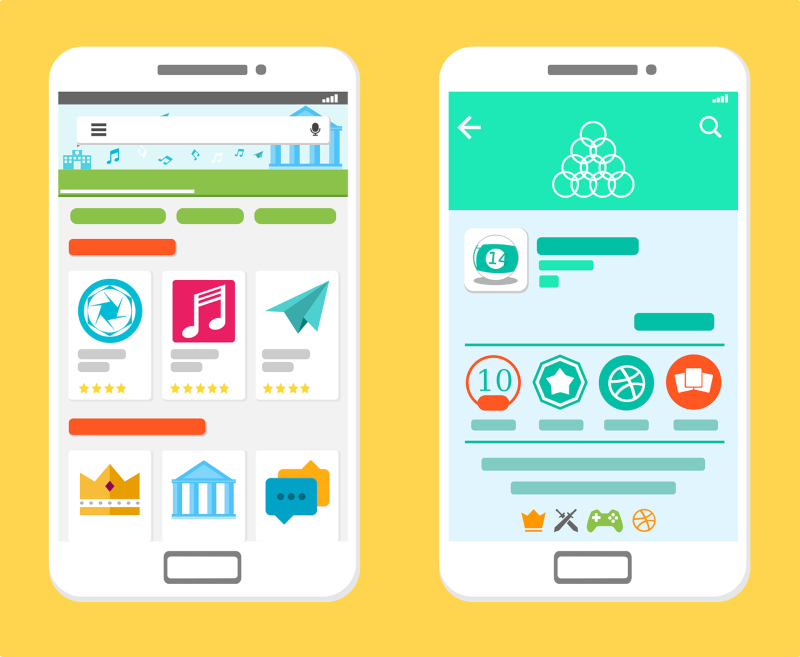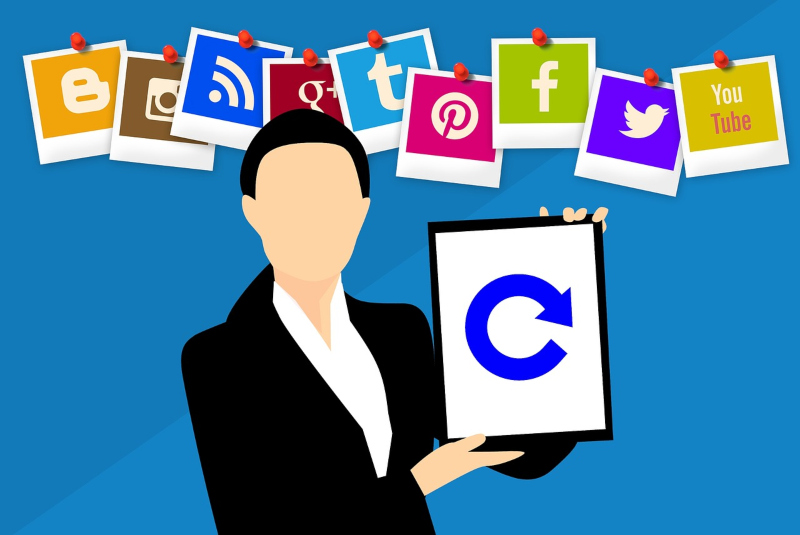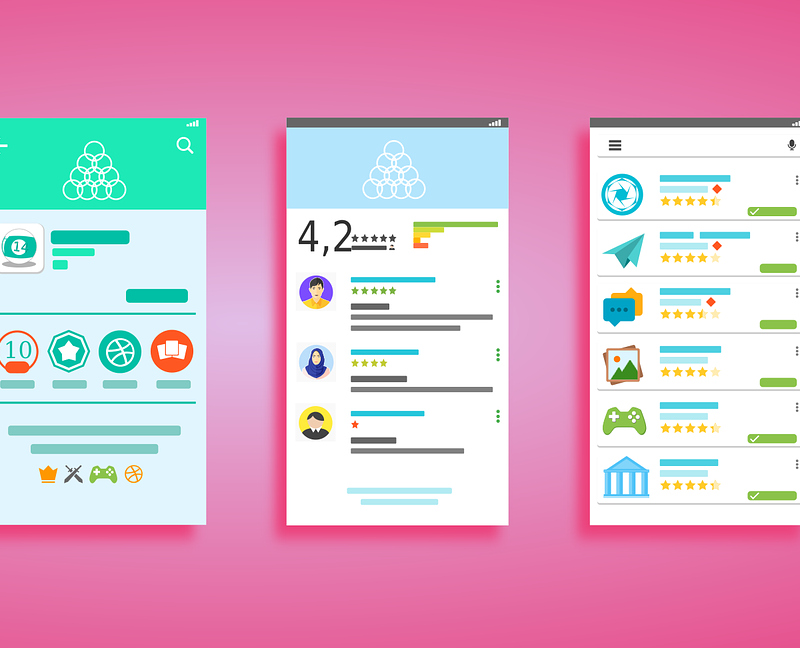
When it comes to mobile ecosystems, two companies, two everlasting adversaries, Apple and Google, spring to mind quickly. Each of them has their own mobile device operating system and application stores. Apple has the App Store, while Google has the Google Play Store. Both are capable of running not just applications, but also music, books, films, and television shows. There are a lot of debates on which one is superior. Let’s compare the benefits and drawbacks of Google Play versus the App Store.
Dry Numbers

According to 42 Matters, the Apple App Store has over 1.8 million mobile applications, while the Google Play Store has about 3.4 million.
Games make up a bit less than 14% of the overall volume of apps in the Apple App Store (86.3 percent – other topics and categories). The distribution is nearly identical on the Google Play Store. The Apple App Store has 93 percent of apps that are free to download. Even more are available on the Google Play Store, with over 97 percent of apps being free.
According to the most recent numbers for August 2021, the Google Play Store releases about 2 thousand applications every day, over 15 thousand applications per week, and over 65 thousand applications per month.
According to SensorTower, user spending on the Apple App Store will reach $71.3 billion in 2021 by the end of the year, while spending on the Google Play Store will reach $ 38.6 billion.
App Store has a considerable lead over Google Play, with a market share of more than 87 percent.
At the same time, SensorTower points out that, in addition to games on the App Store, user spending on entertainment applications climbed by about 30% in 2020, compared to the year 2019.
The category of social applications on Google Play has increased revenue up by 71.4% in 2020 compared to 2019.
For Common Folk

The ordinary user is generally uninterested in the subtleties of publishing apps in the store. It’s critical for them to be able to go to the App Store or Google Play, discover the software or game they want, and download or purchase it. The most important aspect is that these activities are as straightforward and feasible as possible. A mobile device and the related software or the web interface of any PC are used to access app stores.
And if the first technique is a simple operation, App Store users will be faced with one condition while using the second approach: iTunes must be installed in order to access the Apple store.
Google Play, on the other hand, is unique in that it does not require any software to be installed on the computer. Any PC or laptop can use the web interface to access it. The user can download any content from the store by logging into one of the Google services.
In comparison to the Google Play Store, Apple has limited the ability to search the store from the browser. Things are a lot better on iTunes, but the App Store’s internal search isn’t as good as Google Play’s. This makes it more difficult to navigate the Apple Store.
Mobile device customers actively purchase apps, movies, music, and books on both Google Play and the iTunes Store, regardless of which ecosystem they use. As a result, you are bound to this system. With the exception of free music, Apple and Google do not allow you to acquire media material without copyright protection (DRM). You become a hostage to the ecosystem in the instance of the iTunes Store.
When you buy a movie through iTunes, you can watch it on your Apple device or PC. You will not be able to “take” videos with you if you switch from iOS to Android. Google Play Music, Google Play Movies, and Google Play Books are all available in the App Store. As a result, you can use the media content you’ve purchased on any device.
For a Developer

In App Store ranking depends on the relevance of the app, the number of downloads and the textual optimization of the page. The new applications are getting support – a weekly boost. SO it can rank better in search results.
The artificial intelligence of Google Play is super picky. He appreciates a bunch of details. Retention indicators, no crashes, removal percentage, conversions, traffic cleanliness, rating, reviews, interface, session time, application size. And the list goes on – you need to be on the lookout. An important point! In Google Play, the delivery of apps on demand is dynamic. This means that it can be different in different circumstances.
Unlike Google Play, the promotion strategy in App Store here can be straightforward. Algorithms are indifferent to sudden jumps in downloads. This side must be abused without ceremony. Therefore, depending on the initial data (frequency, relevance, position), the required number of installations is filled in at once to be displayed in the top. After that a small volume of retention may be needed. Then the application will be picked up by organics – after that the positions will be strengthened.
Google Play requires a careful and more accurate approach. The number of motivated installs on Google should be increased gradually. Take your time. Constantly analyze the process. And, of course, the behavior of the motivated user is extremely important here. It is necessary to subtly imitate organic traffic: do not delete the application immediately after downloading and make daily sessions.
Conclusion
In general, Apple as well as Google, has succeeded in creating an amazing modern mobile platform ecosystem, with the app store serving as the connecting link. Despite their broad similarities, there are considerable distinctions between Google Play and the App Store, most of which are connected to the intended demographic. Simultaneously, the App Store and Google Play remain the two most prominent participants in the app business, competing for strategically vital data for both.
Promotion in the store is akin to a battle. You’re really battling it out for a spot under the sun. It’s necessary to understand all of the store’s flaws in order for it to be your ally rather than your foe. Only by grasping the store’s uniqueness will you be able to devise the best approach and advance successfully.
